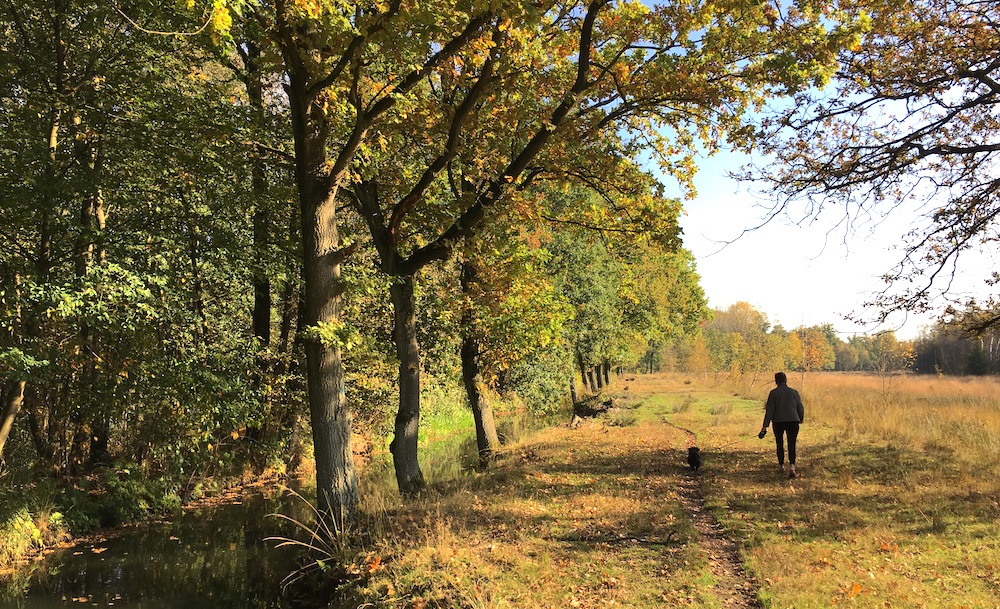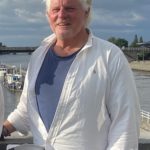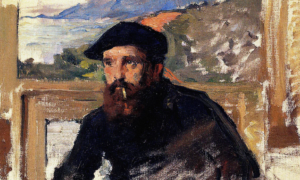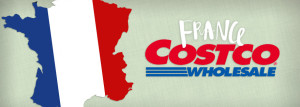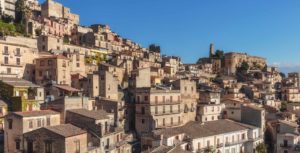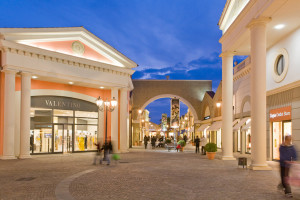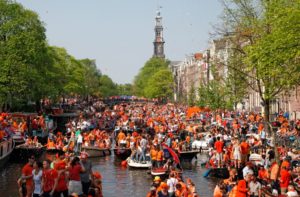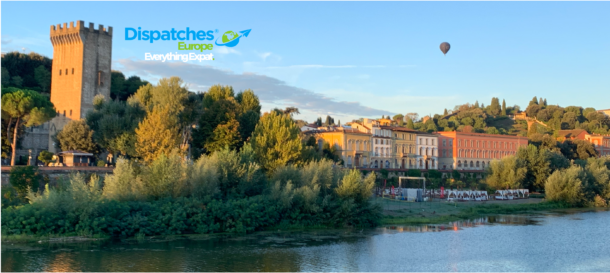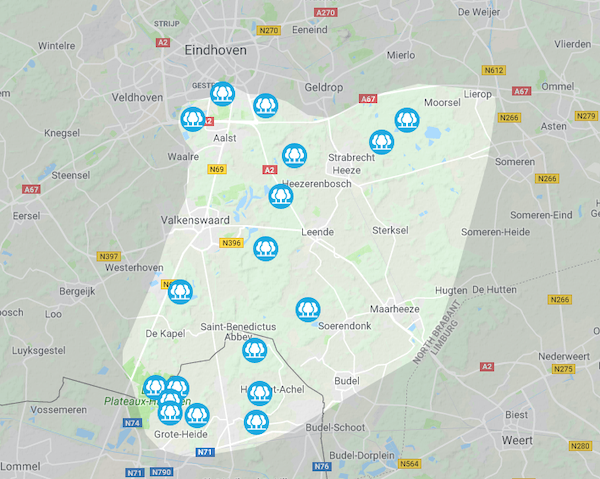
When we first moved to our hamlet of Leenderstrijp, just south of Eindhoven, we were shocked to learn it’s a popular summer vacation destination for Dutch people. Our first reaction was, “Why?” The answer is, “the Leenderbos.”
We spent a few months exploring our new neighborhood, which we discovered to our delight includes the gigantic natural areas of the Leenderbos (the woods of Leende) and the Groote Heide (the big heath.)
We usually post about topics of interest to our entire Europe audience. But this is for our Dutchies and expats here in the Netherlands.
The tourists, especially the Americans, think the Netherlands is “quaint.” The reality is, in addition to the canals and tulip fields, it is a very industrialized little country, packed full of skyscrapers, research parks and next-gen manufacturing facilities. Eindhoven, where we’re headquartered, is especially dense and all about business, with HQs for ASML and other giant tech companies.
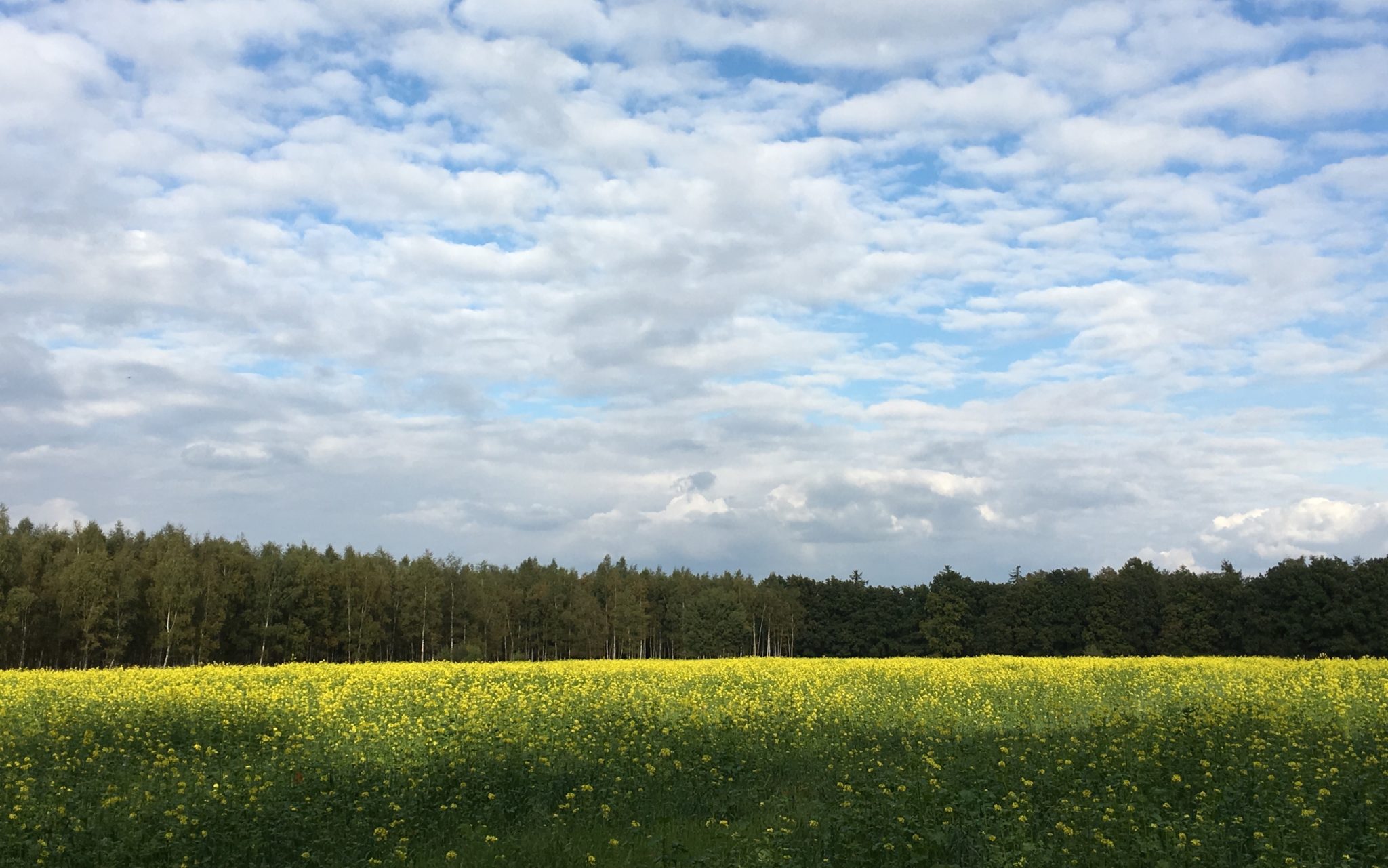
Green space is at a premium. Except it’s really not if you know where to go.
One of the larger underdeveloped areas is literally just outside the door of our house in Leenderstrijp. The Leenderbos/Groote Heide has at least 5,000 acres of natural forest, commercial pine forest planted after World War II, heath, meadows and streams.
The undeveloped area runs roughly from just south of Eindhoven to Achel in Belgium.
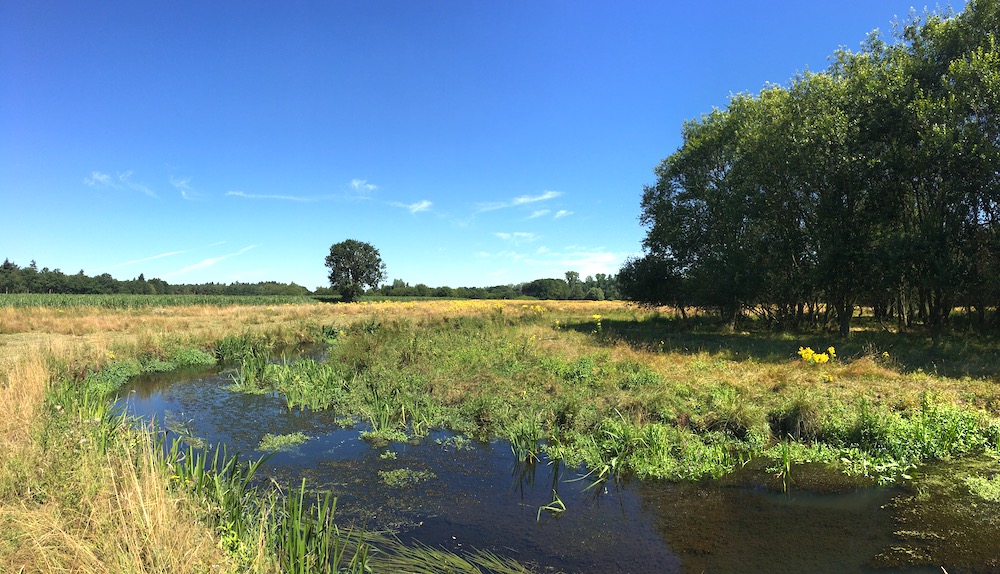
This is a four-seasons playground, with heather blooming purple in the fall. The willows turn gold in the late fall and everything is quiet during the brief snows in the winter. But spring is the best, when all the trees bloom out on the way to deep summer. In June and July you hear the cuckoos.
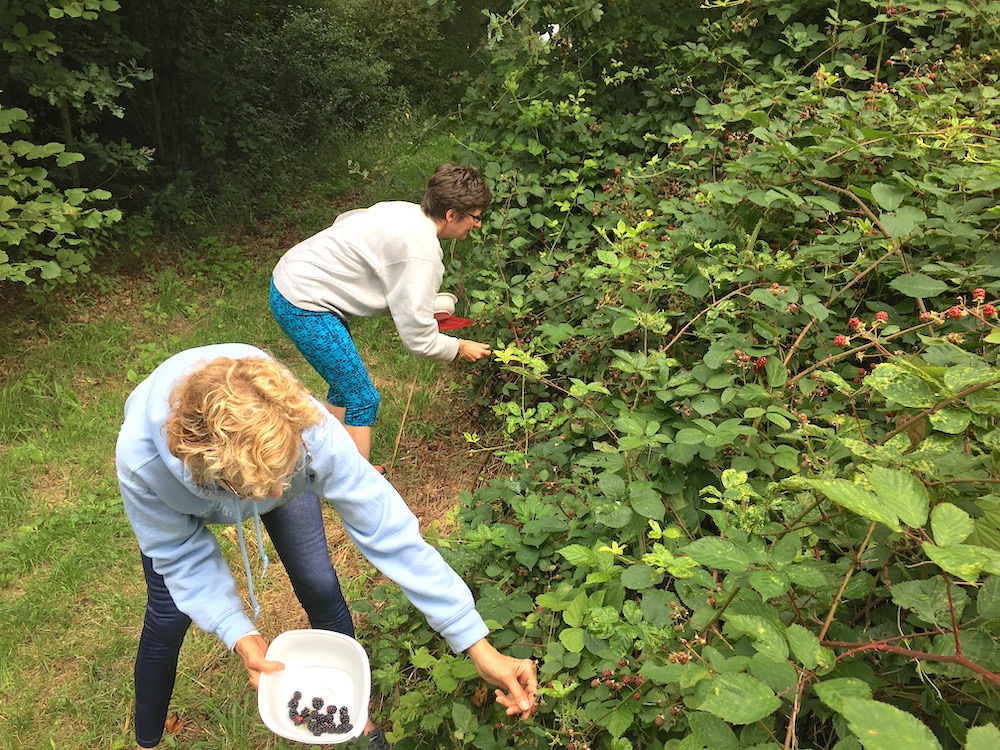
In midsummer, there are flowers everywhere and by July, the blackberry brambles are full of fruit.
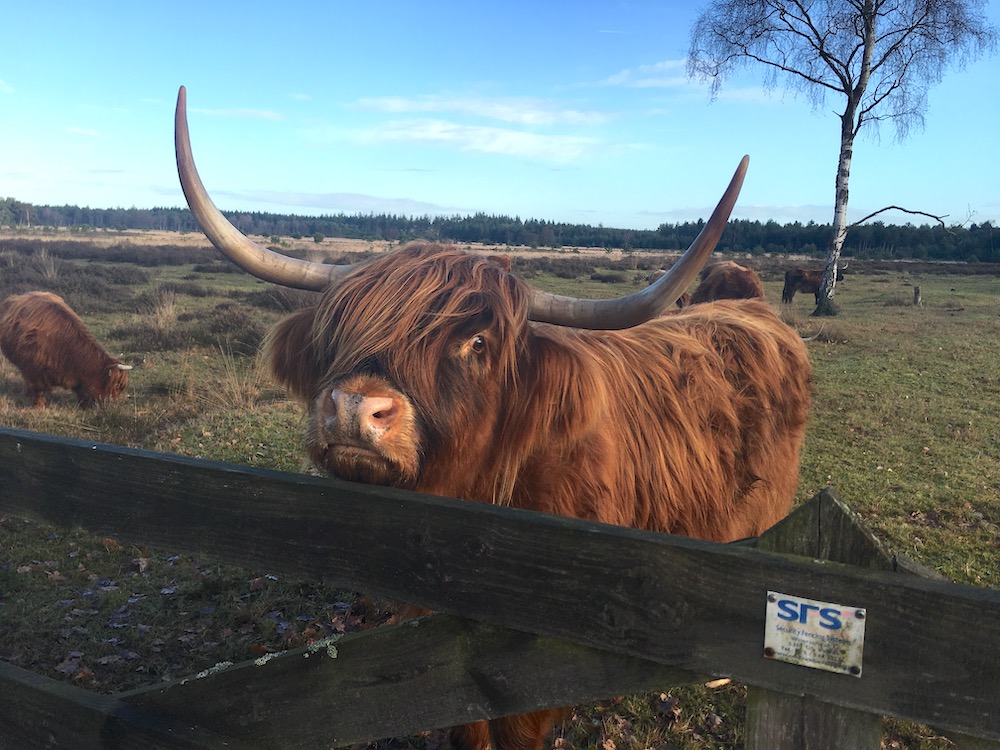
The Leenderbos and Groote Heide are home to lots of wildlife including deer, fox, martens, heron, ducks and geese on the small lakes, Highland cattle (yes, expat Scottish cows) and wild boar. You seriously do not want to tussle with the boar, which are big, fast and more than capable of killing a full-grown human if you find yourself between them and their little piggy babies in the spring.
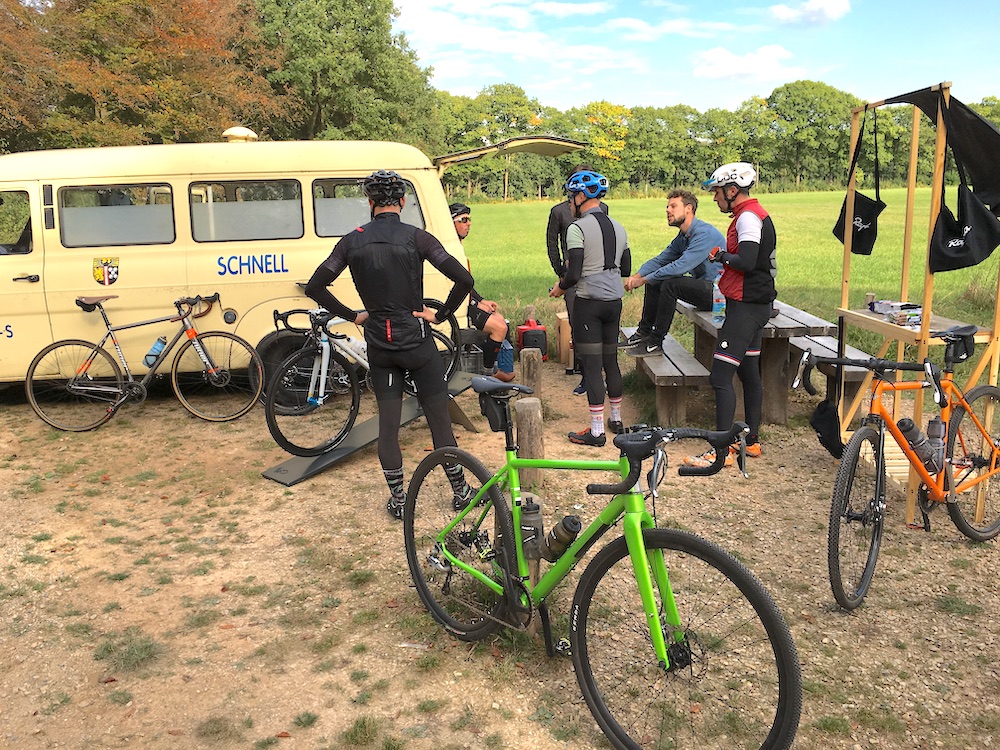
For the Dutch, this is the place to come hike and – of course – ride their bikes. Because they don’t get enough biking during the work week, right? There are miles and miles of paved bike path as well as mountain-bike trails, with the area hosting lots of competitions.
This is also a big destination for the trail riders and the horse-and-carriage set, mostly the older Dutch couples who live on the edge of the forest.
We treasure the Leenderbos for its tranquility, especially in the winter months when hardly anyone is here. Having this retreat at our doorstep has literally saved our sanity as we work endless hours.
So it’s our ritual to take at least a couple of hours on the weekend for “forest bathing” and picnicking in a place as close to a wilderness as the Netherlands has to offer. We know you’ll love it, too.
How to get there: This part is a bit tricky. To get to the really great areas we hike each weekend, take A2 from Eindhoven or up from Limburg and get off at the Leende exit. From there, drive into Leende and take a right at the tee intersection at Dorpstraat. Follow Dorpstraat to where it passes under the A2, then swing right in a very tight curve that takes you toward Leenderstrijp. (For reference, you’ll pass a small shopping center with a Plus supermarket and Kruidvat, which will be on your right.)
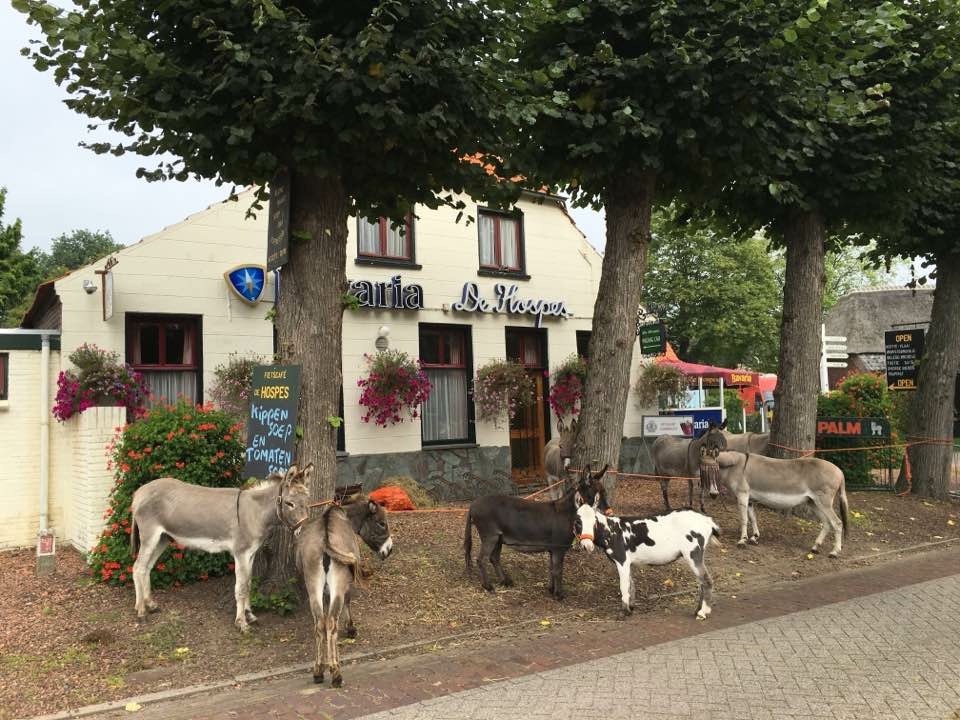
That puts you on Strijperstraat, which you follow through our hamlet of Leenderstrijp. You’ll see Café de Hospes bike café on your right and Wilma’s and Eric’s Coop St. Jan grocery on your left. Stay on that road about another mile until you see horse farms on your left and a sand road on your right.
Take that sand road (careful, it can be treacherous when wet or really dry) and start the process of learning the area. If you follow it all the way to the end, it takes you directly to de Achelse Kluis monastery where you can chill with a beer and real Dutch/Belgian snacks. Note: they only accept cash!
That’s as precise as we can be because we totally navigate by the seat of our pants and have gotten way lost more than once. But that’s half the fun.
If you get totally lost, you can stop at Camping de Zandberg and ask how to get to the sand road, which is only a few meters away.
Where to eat and grab a beer:
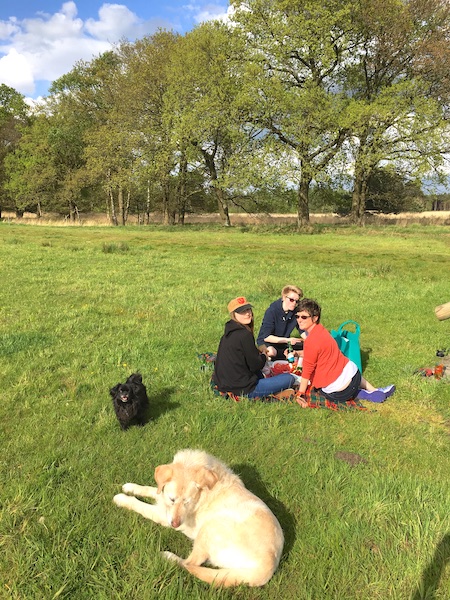
Honestly, we advise taking a picnic and just finding a spot. There’s a huge pasture on the north end with an observation tower. We can’t tell you precisely where it is because we just sort of know.
But you’ll have fun finding it.
Okay, this feels like the wilderness, but it’s not the wilderness.
• On our end of the Leenderbos in Leenderstrijp, there’s Bennie’s and Franca’s Café de Hospes bikers café, where you can get good food and great beer. Try the Grimbergen Blanche beer and the beenham, literally a big hunk of pork on the bone. Dee-lish.
The local farmers occasionally give Ben a wild boar they’ve killed (the government encourages culling the herd to keep the population under control) and he might cut you off a sample of the best thing you’ve ever tasted in your life. And this is a cash-only operation.
• On the opposite end at the Belgium border, there’s Achelse Kluis, one of the few remaining Trappist monasteries still making beer. The abbey itself is off-limits and we’ve never seen an actual monk. But they have a huge terrace where you can lunch and sample the beer. Because it must be 11:30 somewhere, right?
Where to stay:
As we said at the top of the post, this is a destination for Dutch people from across the Netherlands looking for a little peace and quiet. And hundreds of kilometers of bike paths. The campgrounds here range from very basic camping to glamping, and there are dozens of very, very nice rental homes and Airbnb choices.
• The main campgrounds are Klien Frankrijk (Little France), which has its own swimming lake; Camping de Zandberg and Camping Het Einde.
• Lux stays include Bijleila, which has a huge professional kitchen where the owner also gives lessons in Moroccan cooking. So you can kill two birds with one very sharp Henckels Pro S chef’s knife.
• Dorpswoning (Village House) has a number of luxury digs, but these home tend to stay rented out year-round.
Final word:
The Leenderbos you see today won’t be the Leenderbos you’ll see when you come back 100 years from now. The Dutch forestry department is spending a boat-load of money to return it to its original state of swampy heaths and hardwood forests, removing the non-indigenous pines that were planted after World War II.
We don’t know this for sure, but we’re guessing they’re selling the mature pines to the IKEAs of the world to finance this whole thing. Because they’re Dutch.
Co-CEO of Dispatches Europe. A former military reporter, I'm a serial expat who has lived in France, Turkey, Germany and the Netherlands.


